FAQ
For drawing profiles the minimum order quantity is 500 kg.
For standard profiles the minimum order quantity is 1.000 kg per order with a minimum of 300 kg per profile.
Smaller quantities by agreement.
For standard profiles 3 to 4 weeks.
For drawing profiles 3 to 4 weeks after drawing approval.
Aluminium, the versatile wonder metal, has transformed the modern world and remains an indispensable material in countless applications. Lightweight, durable and corrosion-resistant, aluminium is the building block of progress and innovation.
Here are some key features and applications of aluminium:
An aluminium alloy is a material made up of aluminium and other elements. These elements are added to improve the properties of pure aluminium. Pure aluminium is soft and has limited mechanical properties, so alloys are often used to improve strength, hardness, corrosion resistance and other properties.
We use the following alloys: 6060, 6061, 6063, 6082 and 6005.
Extrusion is a manufacturing process widely used in the processing of aluminium. It is a forming technique in which a material, in this case aluminium, is pressed or perforated through a die to achieve a specific shape. The aluminium is heated to a certain temperature and then forced with great force through an opening in the die, giving it the desired shape.
Anodising is a surface treatment of aluminium to create a protective oxide layer. The process involves immersing the aluminium in an electrolytic solution and applying an electric current. This creates a hard, porous oxide layer on the surface of the aluminium. This anodised layer improves resistance to corrosion and wear.
Powder coating is a surface finishing technique used to apply a protective and decorative layer to metal surfaces, including aluminium. In powder coating, dry powder is applied to the surface of the material and then heated, causing the powder to melt and adhere to the metal. For aluminium, powder coating is often used to improve corrosion resistance and provide an aesthetically pleasing finish.
CNC milling is the process of using a computer-controlled machine (CNC stands for Computer Numerical Control) to remove material, such as aluminium, and create a specific shape. CNC milling involves moving a rotating cutting tool in different directions to remove material from a workpiece and create the desired shape.
Aluminium, the versatile wonder metal, has transformed the modern world and remains an indispensable material in countless applications. Lightweight, durable and corrosion resistant, aluminium is the building block of progress and innovation.
Here are some of aluminium's key properties and applications:
In end-use applications, aluminium is particularly durable. For example, aluminium lasts for decades and the lower limit of aluminium's service life in the construction industry is 60 years. The energy required, combined with its long life, is what makes aluminium so durable.
Contact
Do you have questions about an order? Or about a profile? Feel free to contact us!

© 2024 Bos Aluminium